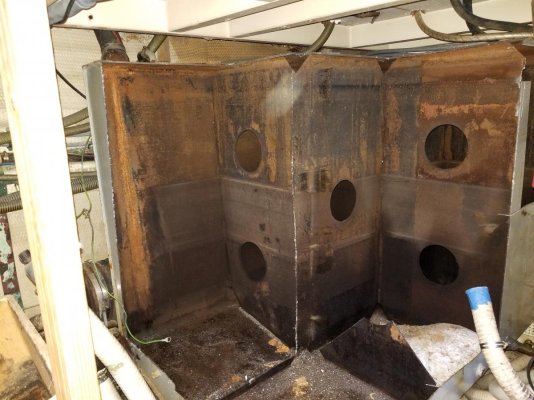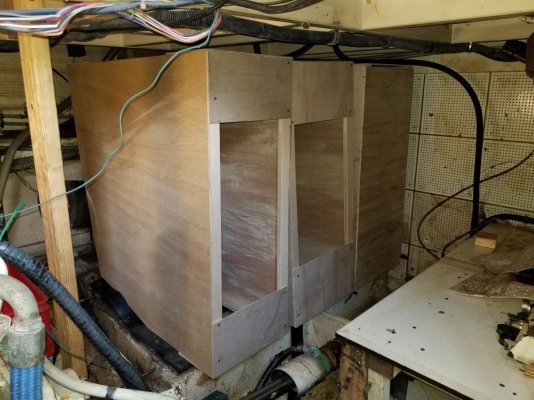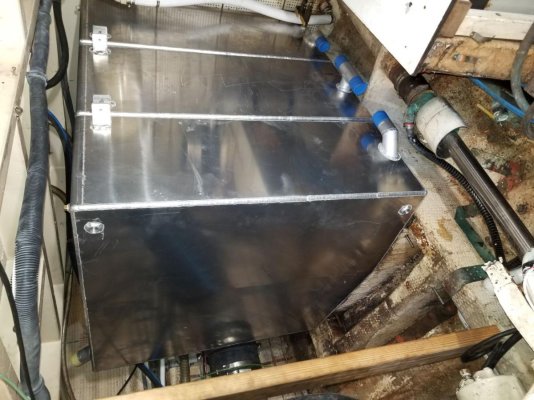paulga
Guru
- Joined
- May 28, 2018
- Messages
- 1,254
- Location
- United States
- Vessel Name
- DD
- Vessel Make
- Marine Trader Sundeck 40'
per the youtuber, cutting the hull would save 100 hours labor.
so the marginal benefit depends on how one values the hull integrity, the boat's usage for pleasure, commercial/charter. If I do it, I would pay for the premium to preserve. the best way is to work on it myself, also getting those extensive add-on projects done together..
so the marginal benefit depends on how one values the hull integrity, the boat's usage for pleasure, commercial/charter. If I do it, I would pay for the premium to preserve. the best way is to work on it myself, also getting those extensive add-on projects done together..
I watched them open up the hull of a vintage 1980’s trawler (Marine Trader?) and replace diesel tanks last summer. I really wish I had taken pictures and documented the process. They made it look easy. Very little disruption of the interior and engine room. They cut out a panel on each side of the hull, removed the tanks, install new tanks, and re glassed in the panels. The tank work is easily a DIY project if you have a good glass guy to open and close the “wound” on each side.




